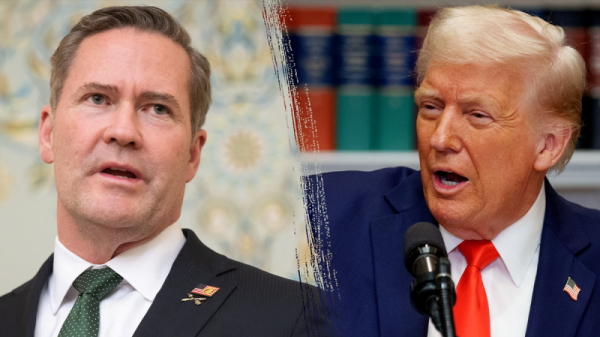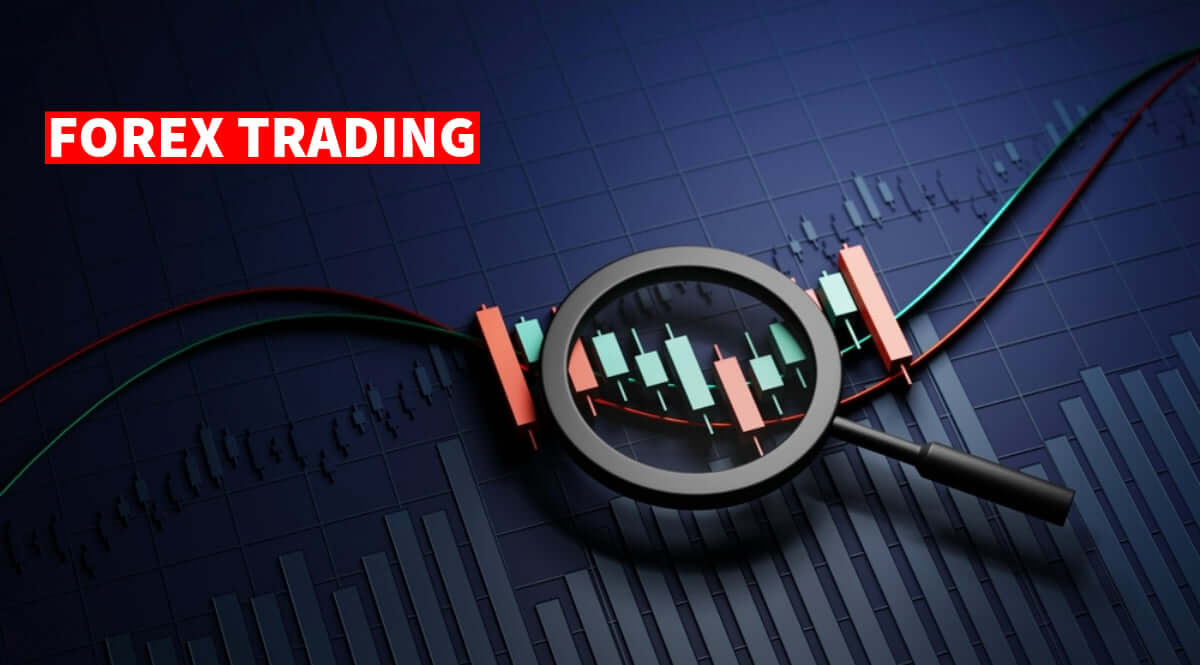How Long Does It Take to Learn Forex Trading?
It is all but impossible to say for sure how many questions there are about Forex trading. Unsurprisingly, people are interested in the Forex market. As a reminder, it is the largest financial market in the world. One of the most popular questions is, “How long does it take to learn Forex trading?”
Learning Forex trading on your own can be a challenging yet rewarding journey. The time it takes to master this complex financial market depends on various factors, including your dedication, aptitude for learning, resources available, and market conditions. In this comprehensive guide, we’ll delve into the key aspects of learning forex trading independently and provide insights into how long it might take to become proficient.
Understanding Forex trading
The Forex market, also known as foreign exchange, is a global marketplace where currencies are traded. It operates 24 hours a day, five days a week, involving the buying of one currency while simultaneously selling another. Unlike stock markets, Forex trading doesn’t have a central exchange; instead, it operates through a network of banks, financial institutions, and individual traders.
The Forex market is incredibly important for several reasons:
Facilitating international trade: Forex allows seamless transactions between countries by enabling the conversion of one currency into another. This is crucial for import and exporters who must settle payments for goods and services across borders. The market’s liquidity and accessibility ensure smooth trade flows, fostering economic growth.
Determining exchange rates: Exchange rates, which reflect the value of one currency relative to another, are vital for the competitiveness of a nation’s exports and imports. The Forex market is the primary determinant of these rates, which are influenced by factors like supply and demand, economic indicators, and geopolitical events. These rates impact the profitability of international trade and investment, shaping global economic relations.
Hedging and risk management: Businesses and investors use the Forex market to manage currency risk through various hedging strategies. They can protect themselves against adverse exchange rate movements by entering into currency derivatives contracts. This is particularly important for multinational corporations and investors with exposure to multiple currencies, ensuring stability in cash flows and profits.
Supporting capital flows and investment
The Forex market facilitates the movement of capital between countries, allowing investors to diversify their portfolios and seek opportunities globally. Whether foreign direct investment, portfolio investment, or speculative trading, the Forex market plays a crucial role in allocating capital efficiently, promoting economic growth and financial integration.
Influencing monetary policy: Central banks use the Forex market to implement monetary policy and achieve macroeconomic goals. Central banks can influence exchange rates by buying or selling currencies to stabilize domestic economies, manage inflation, and support employment. Additionally, exchange rate movements serve as indicators of economic health, guiding policymakers in their decision-making processes.
Promoting financial innovation and development: The Forex market drives innovation in financial products and services, such as currency derivatives and electronic trading platforms. Technological advancements have made the market more accessible, allowing participants of all sizes to engage in Forex trading efficiently. This fosters competition, liquidity, and price transparency, contributing to the market’s growth and evolution.
Factors influencing learning duration
It is vital to understand factors that can influence the market regarding questions like, “How long does it take to learn Forex trading?” or “How long does it take to learn Forex on your own?”
Prior knowledge and experience
Certain concepts may be easier to grasp if you have a finance, economics, or trading background.
Nevertheless, even without prior experience, Forex trading can be learned through dedication and continuous education.
Learning resources
The availability and quality of learning resources play a significant role. These resources may include books, online courses, webinars, forums, and demo trading accounts.
High-quality educational materials can accelerate learning by providing structured guidance and practical insights.
Practice and experience
Forex trading requires practical experience to develop technical analysis, risk management, and emotional discipline skills.
Regular practice through demo accounts can help you gain familiarity with trading platforms and develop strategies without risking real money.
Market conditions:
Market volatility and economic events can impact the learning process. Periods of high volatility may offer more learning opportunities but also involve higher risk.
Various market conditions, including trending, ranging, and volatile markets, should be experienced to develop a well-rounded understanding of Forex trading.
Learning phases
Basics (2-4 weeks):
Understand the fundamentals of forex trading, including currency pairs, pips, lots, and leverage.
Learn about different trading sessions, market participants, and major currency pairs.
Technical analysis (2-3 months):
Study technical analysis tools such as charts, indicators, and patterns.
Learn to identify trends, support and resistance levels, and entry/exit points.
Risk management (1-2 months):
Learn to manage risk through position sizing, stop-loss orders, and risk-reward ratios.
Understand the importance of diversification and avoiding overleveraging.
Trading psychology (ongoing):
Develop emotional discipline, patience, and resilience to cope with the psychological challenges of trading.
Learn to control fear, greed, and impulsiveness, which can lead to costly mistakes.
Strategy development (3-6 months):
Experiment with different trading strategies, including trend following, range trading, and breakout strategies.
Backtest and refine your strategies to identify their strengths and weaknesses.
Live Trading (Ongoing):
Transition to live trading with a small account size once you feel confident in your strategy.
Continuously review and adapt your approach based on performance and market conditions.
Forex trading strategies
Forex trading strategies are approaches or methods traders use to determine when to enter and exit trades in the foreign exchange market. These strategies are based on various factors, including technical analysis, fundamental analysis, price action, and trader psychology. Here are some of the most common types of Forex trading strategies:
Trend following strategies
Moving average crossover: This strategy uses moving averages of different timeframes to identify trends. For example, a trader may buy when a shorter-term moving average crosses above a longer-term moving average, indicating an uptrend, and sell when the opposite occurs.
Trendline breakout: Traders identify trendlines on price charts and enter trades when prices break above or below these trendlines, signaling a potential trend continuation or reversal.
Range trading strategies
Support and resistance: Traders identify key support and resistance levels and enter trades when prices bounce off these levels within a range-bound market. They may buy near support and sell near resistance until the range is broken.
Bollinger Bands: This strategy involves using Bollinger Bands, which are volatility bands placed above and below a moving average. Traders buy when prices touch the lower band in a range and sell when prices touch the upper band.
Breakout strategies
Breakout trading: Traders identify consolidation patterns, such as triangles or rectangles, and enter trades when prices break out of these patterns. Traders aim to capture momentum following the breakout.
Volatility breakout: This strategy involves entering trades when there is a significant increase in volatility, such as during news releases or economic events. Traders may use indicators like average true range (ATR) to identify periods of high volatility.
Counter-trend strategies
Mean reversion: Traders look for overbought or oversold conditions in the market and enter trades against the prevailing trend, expecting prices to revert to their mean. Oscillators like the Relative strength index (RSI) or Stochastic Oscillator are commonly used to identify these conditions.
Divergence trading: Traders analyze the divergence between price and an oscillator indicator to identify potential trend reversals. For instance, if prices are making higher highs while the oscillator is making lower highs, it may signal a weakening trend.
Price action strategies
Candlestick patterns: Traders analyze candlestick patterns, such as engulfing patterns, pin bars, and inside bars, to identify potential reversal or continuation signals.
Naked trading: Traders rely solely on price movements and key support and resistance levels without using indicators. What’s important, they observe patterns like double tops/bottoms, head and shoulders, and flags to make trading decisions.
Fundamental strategies
Carry trade: Traders buy currencies with high-interest rates while simultaneously selling currencies with low-interest rates to profit from the interest rate differential.
News trading: Traders capitalize on the impact of economic news releases on currency prices.
They enter trades based on the market’s reaction to news events, such as interest rate decisions, GDP releases, and employment reports.
Conclusion
Learning Forex trading on your own is a journey that requires dedication, persistence, and continuous learning. While no fixed timeline exists for mastering the Forex market, beginners can expect to spend several months to a year or more to become proficient traders.
The key is to focus on building a strong foundation of knowledge, practicing consistently, managing risk effectively, and maintaining a disciplined approach to trading. By embracing the learning process and remaining adaptable to market changes, you can gradually develop the skills and expertise needed to succeed in Forex trading.
The post How Long Does It Take to Learn Forex Trading? appeared first on FinanceBrokerage.


































